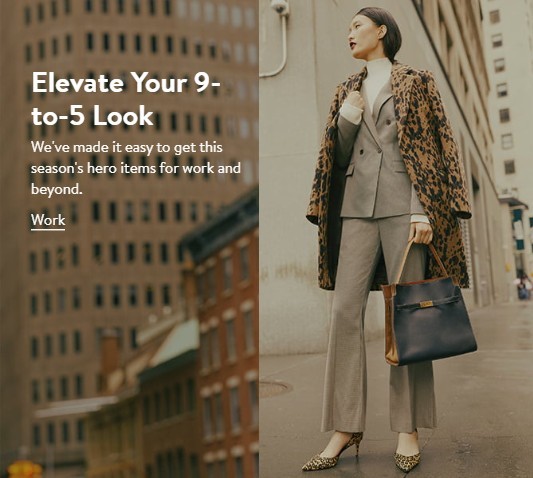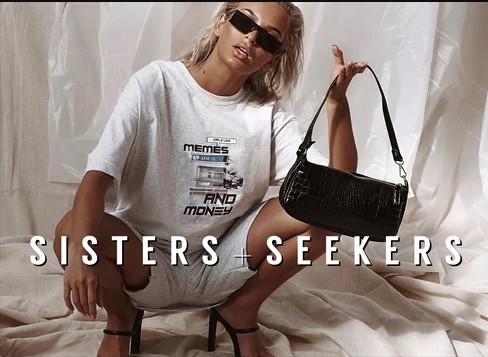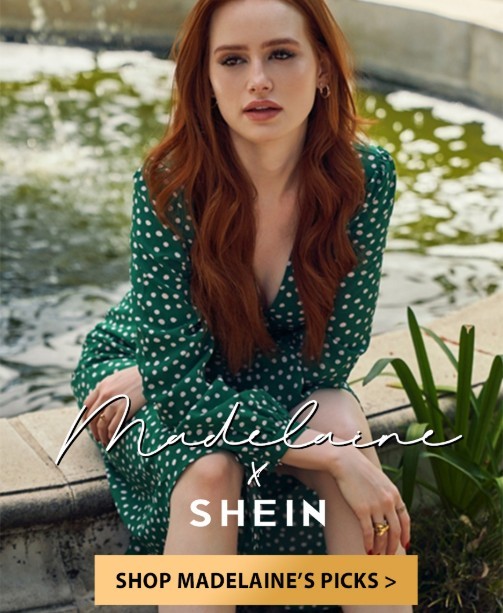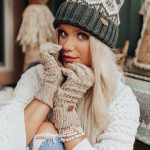(CNN) As an obvious and predictable Halloween tradition, crimes and insulted people rot like Jack Lantern on the front porch.
However, it seems that the agitation of black noodles, broad-brimmed hats, and external shock waves is getting heavier every year.
We are in an era where hatred has a prominent place on the national stage. But at the same time, it is also a time when we have more flexible and extensive discussions about complex issues such as race and privilege than ever before.
In this climate, Halloween costumes have become a variety of touchstones.
From blatant black prejudices to more subtle cultural misappropriations, universities and social organizations are seeking to develop reasons and reasons for certain descriptions of attacks.
As they do, they are meeting with those who condemn their feelings, like restrictive – if not dangerous – over-sensitivity.
Why is it nuanced?
Black face is certainly the most severe and most flagrant offense in clothing selection. Under this, from the obvious (terrorist costumes and the American land-based headdresses, to cite only two examples) to a more inclined series of possibly bad ideas.
For example, a recent article on good housekeeping points out men’s “adult grandma clothing.” The article said that this and other women wearing men’s joke may be considered an allergy. (The costume has been removed from Wal-Mart’s website.)
Other ideas that may be considered offensive include descriptions of sexual harassment, mental illness, or animal abuse clothing.
Then there is the concept of cultural occupation and appreciation.
At a university family gathering, there is a difference between facing a pale geisha comic and a sacred Native American headdress, such as eating another cultural food or learning another cultural language. How do you distinguish between the two?
In March, Kimberly Griffin, a professor of education at the University Parks University of Maryland, told Inside Higher Ed that students of the colored race may be more sensitive or threatened with regard to cultural possession due to hatred and changes in the social justice environment.
“Although they have experienced long-term marginalization, Latino, Black, and Native American students live in campus communities that may be more openly hostile than before,” she said. “They are still managing and guiding political speech and policy. These political speeches and policies are often marginalized at best, and the worst case is racism.”
How is it exaggerated
Earlier this month, when “Riverdale” actress Lily Reinhardt was criticized, she posted a black-and-white photograph of a young Caucasian woman’s head-to-toe with devilish details.
Angry social media users say this is an example of a black face. Reinhardt apologized.
But there is also overlapping anger, apparently the supernatural appearance is confused with the black side.
Some commentators claim that black noodles are a direct manifestation of blacks, and do not include the use of dark makeup on the faces of every conceivable person.
“A Twitter user wrote:” Dress up as a demon – not a racist. “Compare a devil and black people = racist.”
Even those who are sensitive to cultural invasion can find some anger too much.
This year’s Halloween costume website seems to offer an “Anne Frank” costume, lit up in some corners of the Internet. Various lists also describe it as “World War II costume” or “World War II Evacuation Girl.”
After a lot of online anger, a spokesperson for apparel retailer Fun Costumes apologized. In a tweet that was deleted, the company stated that the company not only sells Halloween costumes but also sells school items and repertoires.
Because there is no universally accepted guideline on what constitutes cultural encroachment, sometimes goodwill descriptions may conflict with more stringent performers. For the past two years, the healthy Disney princess “Moana” has been a favorite Halloween costume for young girls. However, some parents this year have already stated publicly that because this role is a Polynesian, the children of the non-Polynesian are equivalent to cultural possessions in this costume.
Why intention is important
In the face of more complex social acceptance, some people are skeptical – docile or otherwise – between the freedom of expression and personal responsibility, and whether there is one.
In 2015, a lecturer at Yale University publicly criticized campus advertising email warnings for Halloween costumes. She said that the university’s instructor has imposed “hidden controls” on students.
“I want to know. I don’t want to be provocative: Isn’t the children or young people having a bit of annoyance, a little inappropriate or provocative, or offensive?”
Her words caused such anger and hundreds of students protested and asked her to repatriate them. She eventually resigned, but it was reflected in the Washington Post a year later.
“I had hoped to reflect between students,” she wrote. “What happens when one’s offense is another person’s self-esteem? Is the intention or background of the person wearing the costume important? Can we always tell the difference between a mocking costume and a mockingly ignorant costume? ”
Not all clothing policing critics are so academic. For some people, wearing offensive clothing is a pleasing rebellion. This rebellion is mainly driven by maliciously harassing Hanlon and intends to provoke it.
The tasteless costume this year is “The Wall”. This is a scene on the Mexican border proposed by President Trump.
According to various voices in the great Halloween costume debate, such costumes can be understood as unforgivable racism, trolling, reliable exercise of free speech or youthful irony.
Why do we need guidelines
The University of Texas at Austin has published a series of recommendations and guidelines for costumes and theme parties. This document has existed for several years, not just for Halloween. But last year it became the favorite goal of critics who ridiculed its wide range.
The guide has been slightly updated this year, listing potentially harmful clothing and themes such as stereotypes of Asian and indigenous cultures, “fabulous slums,” “chicks and chickens,” and “pimps and gimmicks.”
It also includes questions about the theme party program, such as “Is the theme or costume referring to a living culture or character?”
Angry commentators say such advice “destroys” Halloween and threatens freedom of speech.
Fox Business covered the guidelines in the “Risks and Rewards” section this month.
“Every literature I see from these colleges emphasizes the potential impact of these destructive clothing,” said guest Allie Stuckey. “What is my problem? What are the actual effects of these garments?”
Sara Kennedy, manager of strategic and administrative communications at the university, told CNN that the guideline is not to limit or scold, but to allow students to think about the value and influence of their choice.
“After the incident, students can find out why [insensitive clothing] is a bad idea,” she said. “Although there was a lot of learning at the time, one of our goals was to help students avoid this confrontation and perhaps learn some of them without harming others or themselves.”
No matter how they are ignored
Despite widespread warnings and relevant visions of critics of social justice, a steady stream of students are still called to attack.
Last year, the Sigma Tau Gamma Brothers sent an email to all chapters before Halloween.
“Please take care of your brother’s wearing this Halloween season,” it read.
“It may be harmless to you and it may be very offensive and hurtful to others.”
A few days later, a white student from the University of Central Arkansas was photographed with a black full face that looked like a Bill Cosby sweater.
He was suspended, as was the school’s Brotherhood chapter.
In early October, two students at the University of Pennsylvania’s O’Brien College were blacked out by an online video that was ridiculed by a student for a black-living substance movement while wearing a black face. The president of the college referred to this stunt as “abusive offense.”
It is no exaggeration to say that with the advent of Halloween, this year’s offensive clothing will be cancelled in the past few years – close to doctors Ebola and Caitlyn Jenners and other home-made bad ideas, which are difficult to mention.
Next year, it will be joined by others, and so on, until there is no more hatred or no more Halloween.
Bet the latter is safe.





























